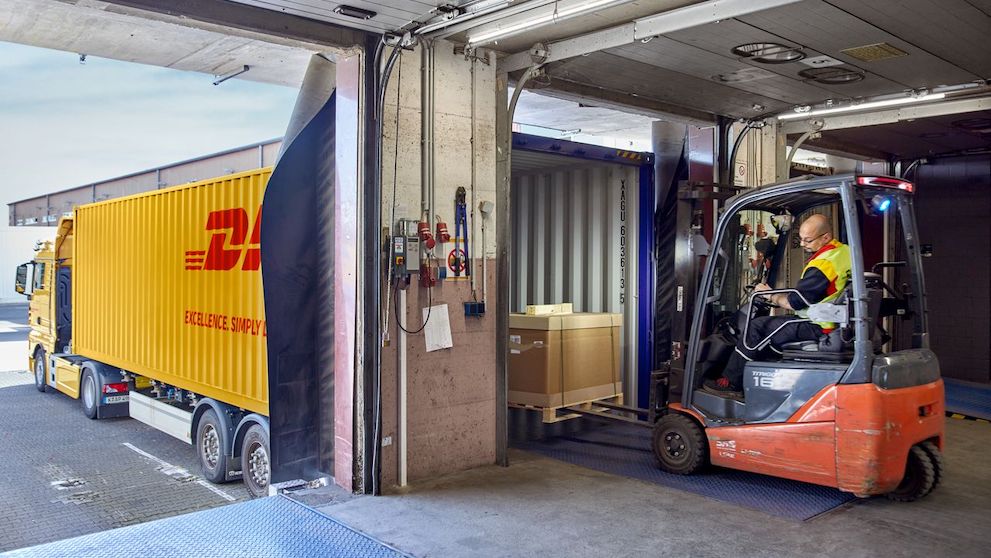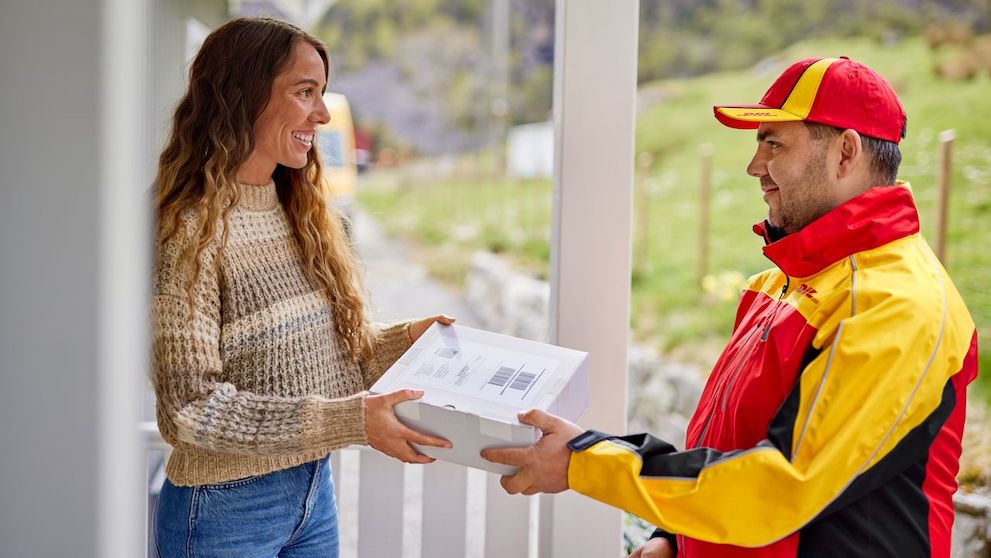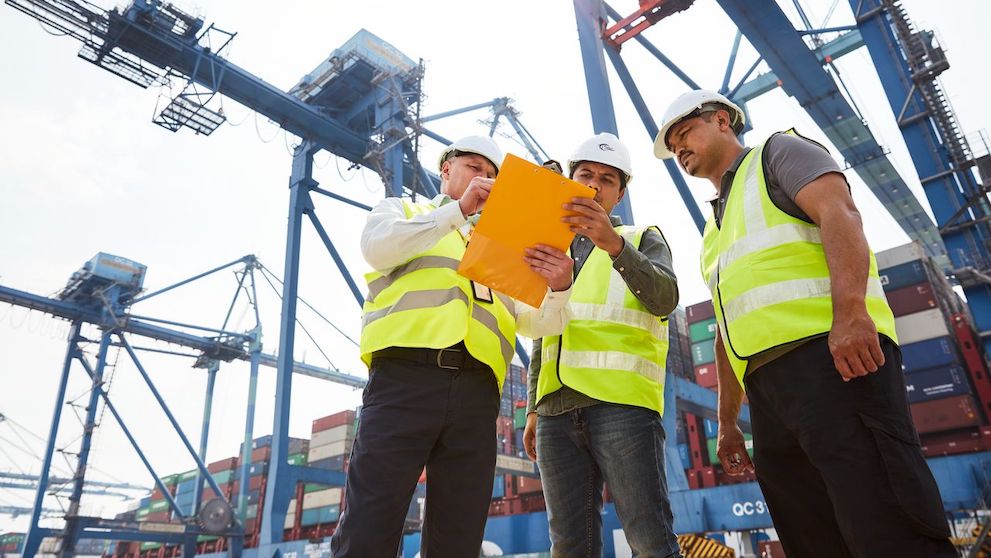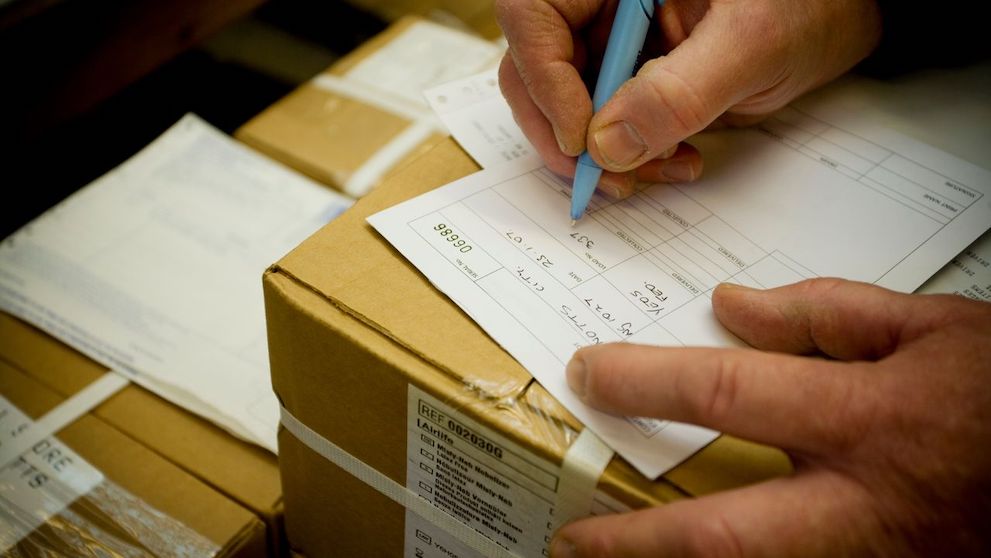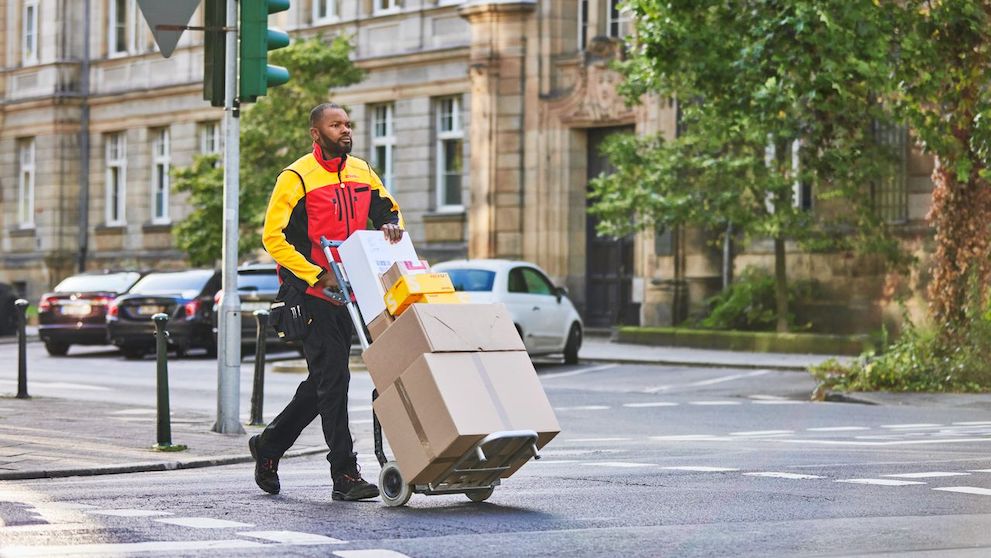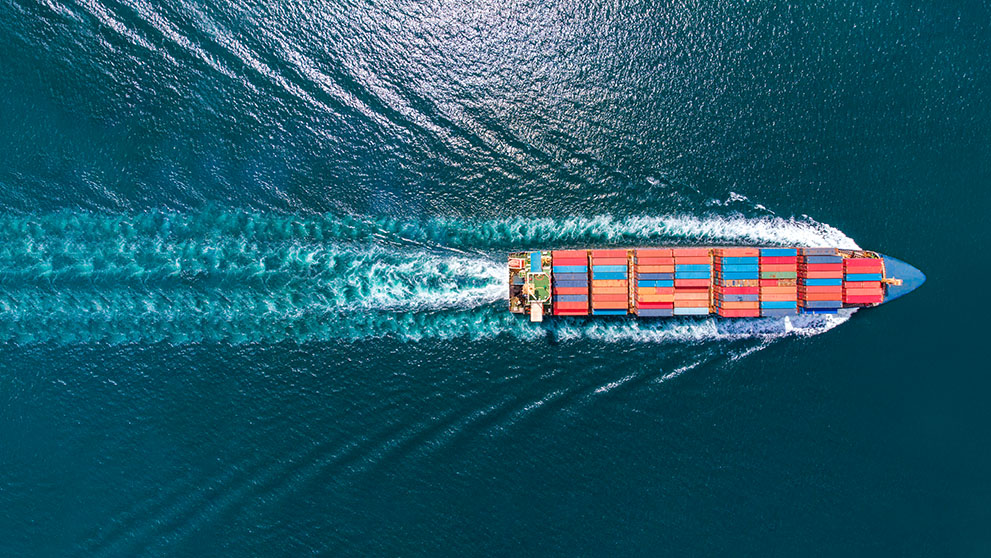Shipping parcels to Australia from New Zealand is often considered a relatively straightforward process due to the close relationship between the two countries. However, to ensure smooth and efficient shipping to Australia, it’s crucial to know the specific customs regulations and documentation requirements. This guide breaks down how to navigate the various customs’ rules and regulations regarding the shipping of goods from New Zealand to Australia.
Steps to ensure successful shipping
To ensure smooth and efficient shipping to Australia from New Zealand, follow these key steps:
1. Understand Australian import regulations
While the Closer Economic Relations Trade Agreement (CER) between New Zealand and Australia eliminates most tariffs, it's crucial to be aware of other Australian import regulations that may apply to your specific goods. These can include:
- Biosecurity requirements: Australia has strict biosecurity measures to protect its unique environment. Be aware of shipping restrictions on items like plants, animals, and food products.
- Customs declarations: Accurate and complete customs declarations are essential for all shipments.
- Product standards: Certain products may need to meet specific Australian safety and quality standards.
2. Prepare accurate and complete shipping documents
Despite the various concessions and reductions in taxes and tariffs in sending a parcel from New Zealand to Australia, several shipping documents are still needed to expedite the process between the two countries.
If your imported product has a value of more than AU$1,000, you must complete an import declaration form, detailing the nature of your business, your goods, the mode of transport being used, and the tariffs and customs duties applicable.
For air and sea freight, a B650 form is necessary. Meanwhile, a B374 form is used for imported goods through international mail.
Should your shipment be sent via air or sea freight, you must lodge a Self-Assessed Clearance (SAC) declaration, of which there are three differing types:
- A cargo report SAC form is responsible for reporting cargo to the Australian Border Force (ABF),
- A short-format SAC pertaining to goods with a value of less than AU$1000, and
- A long-format SAC that works similarly to an Import Declaration form but without the import processing charge.
If you intend to store your goods in a warehouse, you will need to submit a B368 Warehouse Declaration document, with the one exception being tobacco.
Lastly, when submitting your Import Declaration and Warehouse Declaration documents, you must bring all the relevant export documents you have prepared for the New Zealand customs service. This includes the following:
- Bill of lading
- Air waybill
- Commercial invoices
- Identity evidence
- Government-issued permits for the export of your goods
- Any other relevant documentation referring to the export of your goods out of New Zealand and into Australia
If any of the documents required for customs clearance are missing, it may cause shipping delays and inconvenience to your customers.
3. Choose the right international shipping services
Selecting the appropriate type of international shipping method is crucial for efficient and cost-effective delivery.
- Urgent, time-sensitive delivery: This service offers expedited delivery to a wide range of international destinations. It's ideal for shipments that need to arrive within a specific timeframe, typically by the end of the next possible business day.
- Same-day delivery: For the most critical and time-sensitive shipments, same-day service provides the fastest possible delivery. This service is designed for urgent deliveries that require immediate pickup and door-to-door delivery within hours, both domestically and internationally.
To help you decide which international shipping service best suits your needs, consider the urgency of your shipment and the required delivery timeframe.
Service | Typical delivery speed | Best for |
Urgent, time-sensitive delivery | Delivery by the end of the next possible business day | Urgent documents and parcels, time-sensitive shipments, high-priority items. |
Same-day delivery | Delivery within hours of pickup | Emergency deliveries, mission-critical shipments, urgent spare parts, medical supplies. |
DHL Express offers a range of international shipping services tailored to various needs.
Streamlining your shipping process
Customs clearance and documentation
Navigating customs can seem daunting, but understanding the process is key to avoiding delays.
- Customs clearance declaration: All goods entering Australia require a customs clearance declaration. This document provides details about the shipment to the ABF.
- Accurate HS codes: Using the correct Harmonized System (HS) codes is crucial for accurate classification and duty calculation.
- Duty and taxes: Be prepared for potential import duties and taxes, which vary depending on the goods and their origin.
Packaging and Labeling for Safe Deliveries
Proper packaging and clear labeling are essential for ensuring your shipments arrive safely and efficiently. Here’s a guide to packing your goods for shipping:
- Choose the right box: Select a sturdy box appropriate for the size, weight, and nature of your goods. Avoid using boxes that are too large, as this can lead to items shifting and getting damaged.
- Cushioning is key: Use ample cushioning materials, such as bubble wrap, packing peanuts, or foam inserts, to protect your items from shocks and vibrations during transit. Ensure each item is individually wrapped and that there are no empty spaces within the box.
- Seal securely: Use strong packing tape to seal all edges and seams of the box. Reinforce corners and edges for added protection.
- Consider special needs: If you're shipping fragile, temperature-sensitive, or hazardous materials, take extra precautions and use specialized packaging materials and techniques.
Aside from packaging, labeling is also important. Here are some best practices:
- Clear and accurate labels: Ensure your labels are clearly printed and securely attached to the package. Include the complete and accurate addresses of both the sender and recipient, as well as a phone number for contact purposes.
- Handling instructions: If your shipment requires special handling, clearly mark the package with appropriate labels, such as "Fragile," "This Side Up," or "Keep Dry."
- Tracking information: Prominently display the tracking number on the package so that it's easily visible for tracking purposes.
By following these packaging and labeling best practices, you can minimize the risk of damage or delays and ensure your shipments reach their destination safely and efficiently.
Keeping track of your shipments
Real-time package tracking provides valuable transparency and control over your shipments. Make sure to provide your customers with tracking numbers so they can monitor their orders. Alternatively, you can utilize online shipment tracking platforms like DHL’s to stay informed about the location and status of your shipments.

Navigating Australian import regulations
Understanding Australian import regulations is essential for compliance. These regulations can vary depending on the type of goods you're shipping.
Prohibited or restricted goods in Australia
The most important factor to consider when shipping goods to Australia from NZ is whether they are prohibited or restricted.
Prohibited items in Australia include:
- Animals and plants;
- Asbestos;
- Certain consumer products;
- Defence and strategic goods;
- Drugs, medicines, and therapeutic substances;
- Engineered stones;
- Firearms;
- Hazardous goods;
- Intellectual property and cultural items;
- Tobacco;
- Weapons
However, certain goods, such as tobacco, can be imported with written permission. Your receiver in Australia will need to produce a permit or approval in order for Australia’s border officers to release the prohibited or restricted goods.
Check out the full list of prohibited and restricted items here.
For companies shipping liquid products, it’s also important to take note of the strict requirements when it comes to international liquid shipping.
Start shipping to Australia with DHL Express
Shipping parcels to Australia from New Zealand is generally straightforward, but it's important to be aware of certain regulations and required documentation. By understanding these requirements and partnering with a reliable logistics provider like DHL Express, you can ensure a smooth and efficient shipping process.
DHL Express offers a range of international shipping services designed to meet the specific needs of businesses shipping to Australia from NZ. Our expertise in customs clearance, efficient online tracking, and reliable delivery options can help you navigate the complexities of import-export and ensure your goods reach their destination on time.
Open a DHL Express business account today and streamline your international shipping process.

















